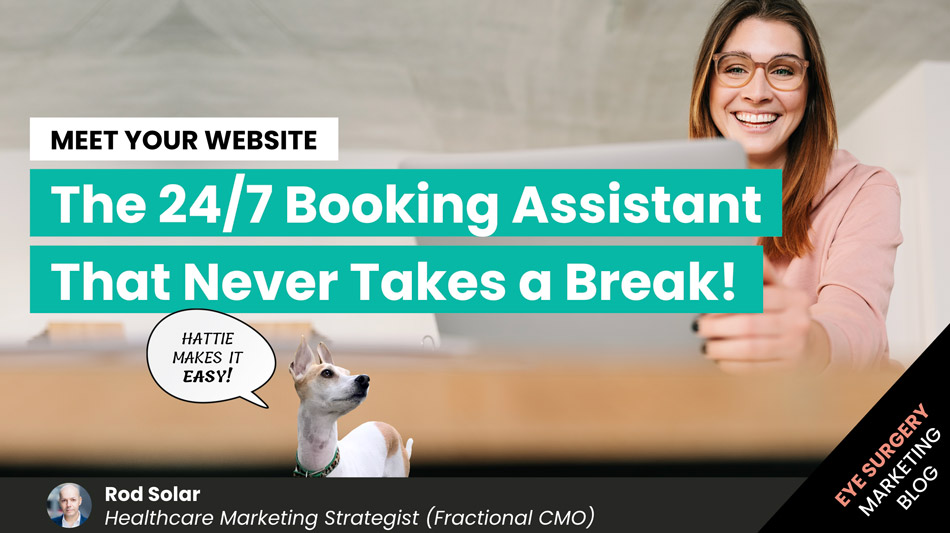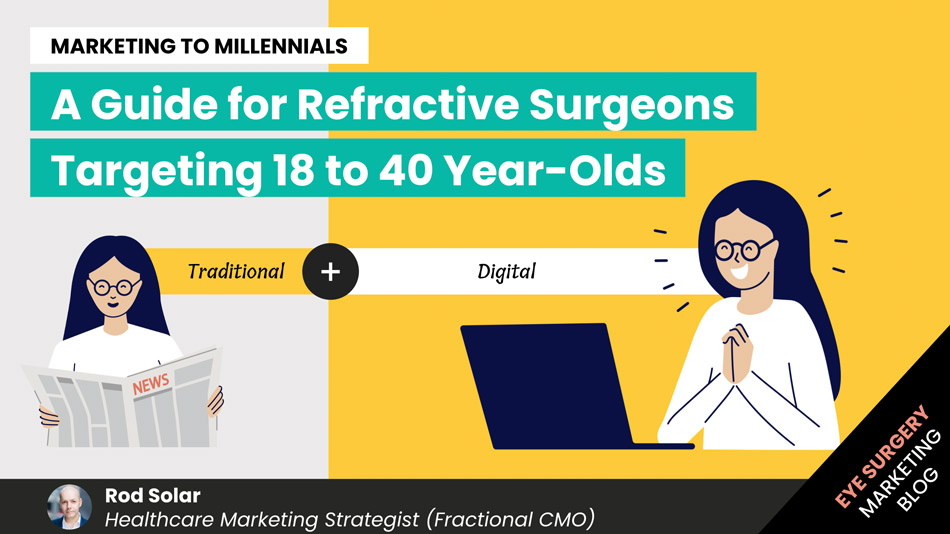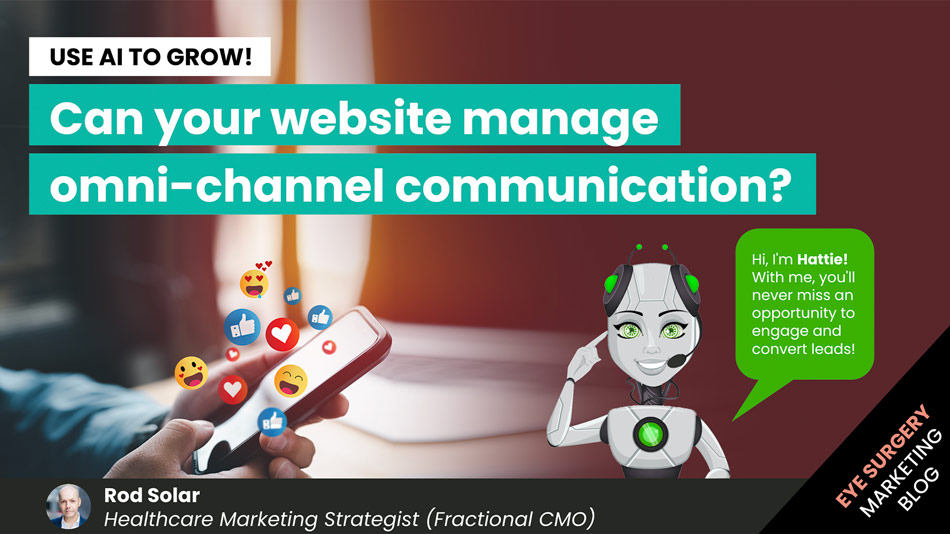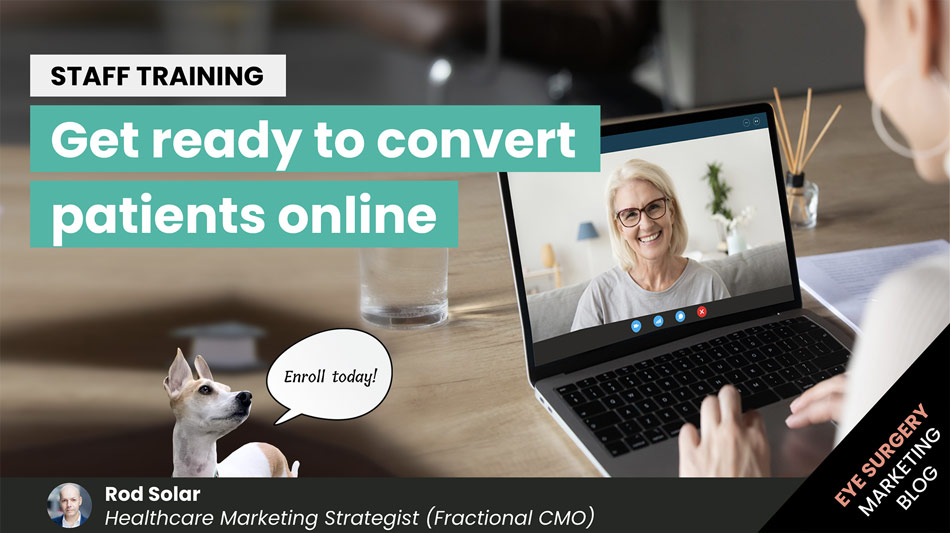What is paid traffic? How do you use paid search and paid social for medical practices?
What is paid traffic?
A lot of clinics have experience with paid traffic, particularly Google ads. But paid traffic is really any place you go to pay money to get people to visit your website.
What do I mean by that?
We like to think of paid traffic as going to a traffic store. If I want to get traffic by sending people to my website, I can buy that traffic from several different sources.
Most people stop short and go to Google or Facebook, but there are many different options that you can use to buy traffic. These include:
- Youtube
- TikTok
Traffic is something that you need to buy. But, still, there’s a big caveat. You should only buy the traffic from a source that contains the users or the patients you actually want to talk to. So that’s why the majority of practices use Google Ads or Facebook.
Be cautious
Paid traffic is something that you should approach very cautiously. Of course, you should do it, but you should be very cautious about it because you can waste a lot of money.
In our experience, most practices have had a negative experience at some point. They’ve put a lot of money into Facebook and Google and not really seen a return on their investment or even know what that return should be.
So before you start investing in paid traffic, you should be aware of some common metrics. In particular, you need to be aware of how much you’re paying to get a lead.
What is a lead?
With the clinics we work with, we’re always looking to establish different types of leads. Then, we assign a value to each of those leads. The most common type of lead that most clinics focus on is where you’re getting somebody to book a consult.
For example, somebody booking an appointment through an online booking system like Calendly is a good lead. You would certainly want to get a lead like this from paid traffic.
Then there are other leads like getting somebody to call a trackable number or driving somebody to your website so that they can interact with a lead magnet. A lead magnet might be a guide or something you can give away in exchange for their email.
You want to measure these things at the end of every month when you do a paid traffic campaign. So this is what we call the top of the funnel awareness.
Paid traffic is really just getting people aware that you exist and driving people to your site. That’s all it does for you. It hands the baton from people not knowing you over to your website. And from there, it’s the websites turn to do its job.
That’s another area where clinics fail.
Most clinics are not set up to be conversion engines.
They send that traffic to their website, and then their website lets them down.
Why must you consider landing pages as part of your paid traffic campaign?
You can’t send a bunch of fish into a net if the net has holes in it. So another function that your paid traffic team must consider is where are those leads landing. A landing page is a key component of a comprehensive paid traffic system.
It would help if you had somewhere to send somebody, and that somewhere needs to be specific. So ideally, you want to have a specific landing page for Google or Facebook and each ad group within your campaign.
It would help if you had a very tightly structured campaign for each market segment. For example, you might have a cataract campaign, a LASIK campaign, or a PRK campaign. You need to break every one of those campaigns down into specific ad groups that you can target with a specific landing page.
This way, if somebody looks up PRK costs, you can send them to a specific page, all about PRK and costs, for example.
- Do you have to do that? No.
- Does it give you a higher conversion rate? Yes.
- Does it give you a lower cost per lead? Yes.
You want to be aware of several different factors when you’re driving traffic using paid traffic. To help our clients remember them all, we’ve created checklists. These help our clients figure out what they most need to do to ensure the maximum return from their paid traffic support.
Why do many surgeons hesitate to invest in paid traffic campaigns?
Many of the surgeons I work with regularly might have quite a bit of hesitancy around spending their money on paid traffic sources. I understand that, and I appreciate why they might have that kind of hesitancy.
But, unfortunately, many surgeons have gone to the paid traffic store without the necessary ingredients to generate success.
(NOTE: Want to see how your practice marketing measures up against the best in class? Take this 5-minute quiz to see how you stack up in the 9 areas of practice marketing and get specific tips and advice on how you can improve your weak points and better leverage your strengths).
What are the necessary ingredients to generate success?
Well, first of all, you need to have a documented journey to clearly understand where you want to attract people and to what stage of the funnel. You then need to provide a landing page that satisfies their interests and needs at that stage.
I’ll give you an example. If you’re trying to get awareness, that’s a great place to use paid traffic. It’s a great tool for that. We often tell our clients to focus on prevalent keyword phrases like laser eye surgery.
That’s top of the funnel content because many people are aware of that term. However, lower down the funnel, people might be more familiar with terms like SMILE and LASIK. So you might use one of these terms to direct people to lower-funnel content.
For example, people who already know a little bit about laser eye surgery are now at the stage where they’re evaluating their options. They may have done some research or had a first appointment and decide if it makes sense to go with SMILE or another treatment.
After all, you don’t just use paid traffic for awareness. You use it also to supplement the messaging that you need to provide people throughout the whole course of the funnel.
The other thing you must have is a set of actionable metrics.
What are actionable metrics?
Metrics are things that you can measure against. Suppose you don’t have metrics in place before you endeavour on a paid traffic campaign. In that case, you’re not going to be able to know whether you’re successful. You may be undershooting what you’re aiming for, or you may be overshooting what you’re aiming for.
In both cases, you might not know what’s realistic. What makes sense? One thing our clients love about us is that we have real metrics for many different refractive surgery clients all over the world.
For example, we’ve got folks in Australia running paid traffic campaigns for whom we’ve identified benchmarks and actionable metrics. We use these to improve their campaigns and their return on investment from those campaigns. We’ve got clients in the United States who we also can compare against. We’ve got clients all over Europe.
With this widespread international perspective, we’re able to determine what paid traffic works in different markets. As a result, we know what actionable metrics we should be aiming towards and what benchmarks allow us to improve our clients’ performance across the board.
When should you scale your paid traffic campaigns?
One of the most important things you need to focus your efforts on and scale appropriately is paid traffic. 90% of all paid traffic happens on four main platforms: Google Ads, Facebook, Instagram and YouTube.
Let me tell you a story about how a particular client of ours in Australia wanted to ramp up quickly and dominate their marketplace. Their goal was to get as much visibility as possible as quickly as possible.
The answer for that, quite honestly, was to go to the traffic store and buy paid traffic. So our first step was to go to Google Ads. Why Google Ads? Well, Google Ads is a place where people go when they know what they want.
They’re looking for specific answers. They’re raising their hand and saying, “I’m interested in this particular thing.” When they go to Google and type something into the search bar, that paid traffic ad will almost always be above any organic search result.
If you want to attract the lion’s share of attention, then you’ve got to be the first, second or third search result on that page.
There are different reasons for that which I can explain to you in conversation. The main thing we aimed to do for this client was to maximise their paid search budget to the point where we weren’t leaving any money on the table. We also wanted to keep the cost per lead as low as possible. So we were able to scale the Google Ads campaign until it couldn’t go any further.
What happens then?
Well, my client comes to me and says, “What else can we do, Rod? How else can we expand our market?”
When should you extend your paid traffic campaigns beyond Google Ads?
The next step is to go elsewhere. Further down the funnel, there are other ways to generate traffic among people who may not raise their hands. That brings me to Facebook and Instagram.
Facebook and Instagram are great places to go for people who might not yet be thinking about your product but who may still identify with your service. This could be due to their demographic or lifestyle.
For example, glasses wearers may fall into certain age groups and locations more interested in laser eye surgery. You can target these people and interrupt them with an ad while consuming on Facebook and Instagram.
A similar approach applies to Youtube. But, again, you can be very focused on your demographic approach and identify who you want to attract and expand your market in that way. But, again, the tools and tactics vary.
You’ve got to use them judiciously. You should always have actual metrics to monitor how you’re doing and set your expectations appropriately.
Who should you target with paid traffic campaigns?
Paid traffic is something that you need to approach with the target in mind. There are many different things that you can do to reach different types of people in each part of your funnel. Most people look at cold traffic.
There’s cold traffic, warm traffic, and hot traffic. If you look at different parts of your funnel, people that don’t know you are cold. If you don’t know somebody, there’s no warmth there. They don’t know you, and they’re not going to invest any time in you. They’re not going to spend more than a passing glance unless you’re very, very interesting.
Cold traffic is when you’re putting out an ad in the market trying to attract passers-by. But, unfortunately, that’s usually where most clinics stop.
Once you’ve had somebody visit your website, they become warm traffic. The problem is, 95% of people who come to a website leave and never come back.
So that’s a lost market. Those are people that have raised their hand and said, you know what? I’m interested in laser eye surgery or LASIK or cataracts, or whatever it is that they’ve searched. They’ve come to your website, and they’ve either found something lacking, or they’re busy and have taken off.
95% of those people are still out there, and they might search again. These people have already been exposed to your brand, and now they’ve become a little bit warm. This is a tremendous opportunity that a lot of clinics miss. There are several things that you can do with this traffic, the number one thing being remarketing.
What is remarketing, and why should you use it?
Remarketing is basically marketing again. You market to people who have already been exposed to your message or your brand in some way. One of the best ways you can do this is to target people that have been to your website or, even better, been to a specific landing page on your website (e.g. the LASIK or SMILE page).
We can gather these people up in audiences and specifically market to them again. As a result, we often see a dramatic return on investment.
We’re now starting to do YouTube remarketing, Facebook remarketing, and Instagram remarketing. We can use these platforms to target these people and make sure that we repeatedly get in front of them. We can offer them different things at different parts of their buying cycle. That’s the key thing. When people are ready, that’s when they want to see your message. That’s when they appreciate your message.
By getting in front of them again – when they’ve already been exposed to your brand – they’re more likely to take the next little step in their buying journey. So you can reap a lot of rewards with your paid traffic strategy.
About the author

LiveseySolar
LiveseySolar’s mission is to double the size of 150 cataract and refractive surgery practices. Using our proven marketing frameworks and deep market knowledge, our customers can predictably and sustainably grow their practices so that they can enjoy a healthy balance between both worlds – a successful private practice and a happy life.
Related Posts
Meet our Founders
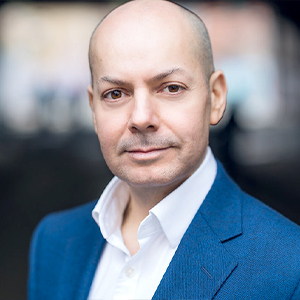
Rod Solar
Founder & Scalable Business Advisor
Rod Solar is a co-founder of LiveseySolar and a Scalable Business Advisor / fCMO for our customers. Rod mentors and coaches CEOs/Founders and their leadership teams to triple their sales, double their profit, and achieve their “ideal exit”.
LiveseySolar completely transformed the way we were approaching this… We’ve gone from having just the dream of having a practice to having a practice up and running with people making inquiries and booking for procedures… It’s extremely pleasing. We feel lucky we connected with LiveseySolar.
— Dr Matthew Russell, MBChB, FRANZCO, specialist ophthalmic surgeon and founder of VSON and OKKO

Laura Livesey
Founder & CEO
Laura Livesey is the co-founder & CEO of LiveseySolar. She has developed powerful refractive surgery marketing systems that increase patient volumes and profits for doctors, clinics, and hospitals, since 1997.
Rod and Laura know as much about marketing surgery to patients as I know about performing it. They are an expert in the field of laser eye surgery marketing. They know this industry inside out. I believe that they could help many companies in a variety of areas including marketing materials, sales training and marketing support for doctors.
— Prof. Dan Reinstein, MD MA FRSC DABO, founder of the London Vision Clinic, UK






